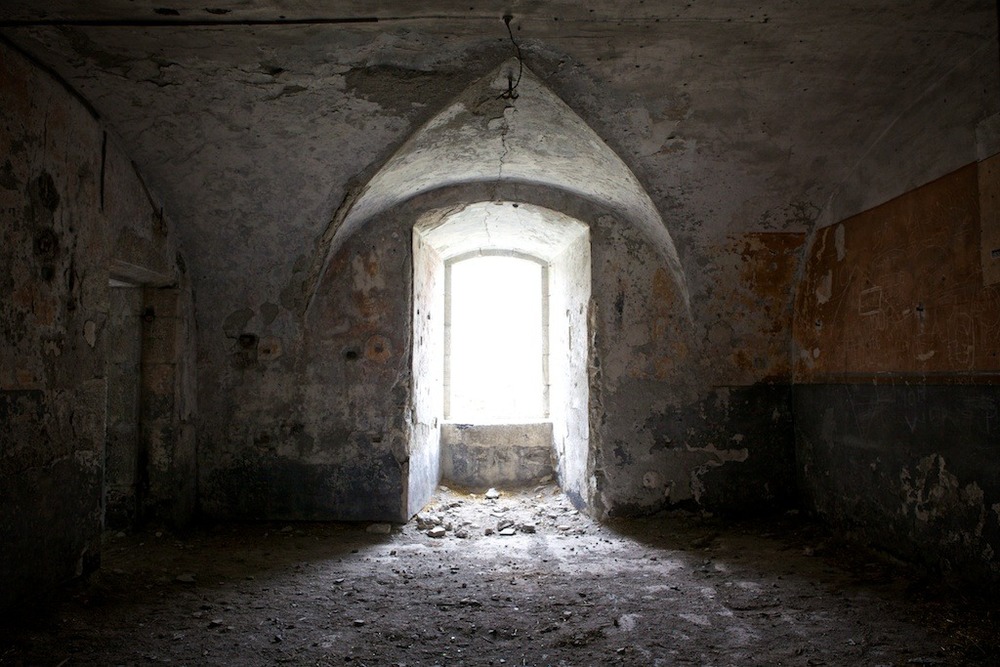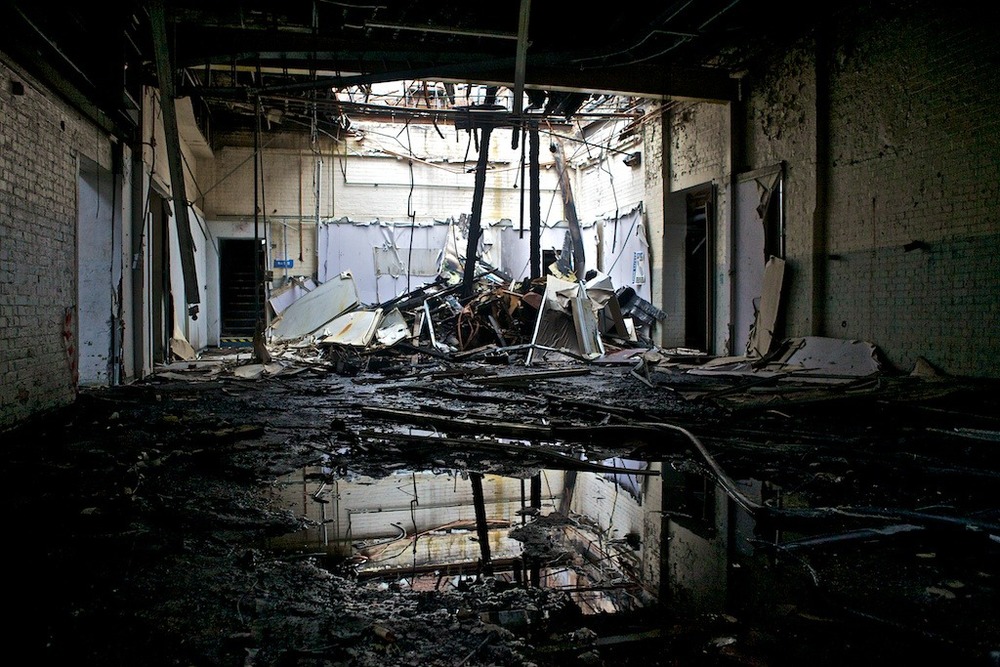Visual Research 2
As an on going (visual) investigation into the importance of space, place and location I have been doing some new photoshoots. Part of this was on a recent trip to Italy and France. Click on the image to view some more images form a number of locations. The most notable of which is a number of forts and buildings associated with the years of battles fort along the italien and french border. This goes back centuries and right up until the last World war. The spaces I came accross belonged to both Italian and French armies and many of the spaces had received a severe bombing and were scattered with bullet holes.
Unlike my recent work in Iraq with the recent war there, these spaces had also witnessed dramatic histories, however, much more time has passed since the events happened. This led me to think about how important it was that the dramatic events had to be contemporary. Or is it just as important to make sure we dont forget things such as World War II? Its quite interesting that two of the people on my MA class are working with the ideas surrounding the Holocost. I think this is becoming important again as there are increasing reports of people pretending that it never happened.
This visual research again helped me refine what my growing interest is in spaces and how photography can reveal a space to the viewer.
I will continue to undertake short photo documentations of spaces, places and locations until I feel satisified I have figured out what is drawing my to them and the concepts surrounding them.





